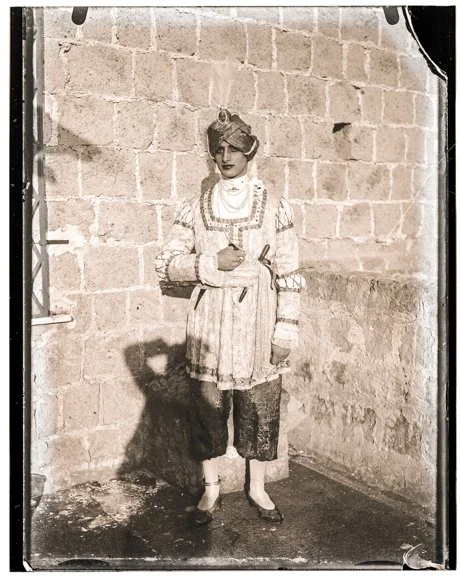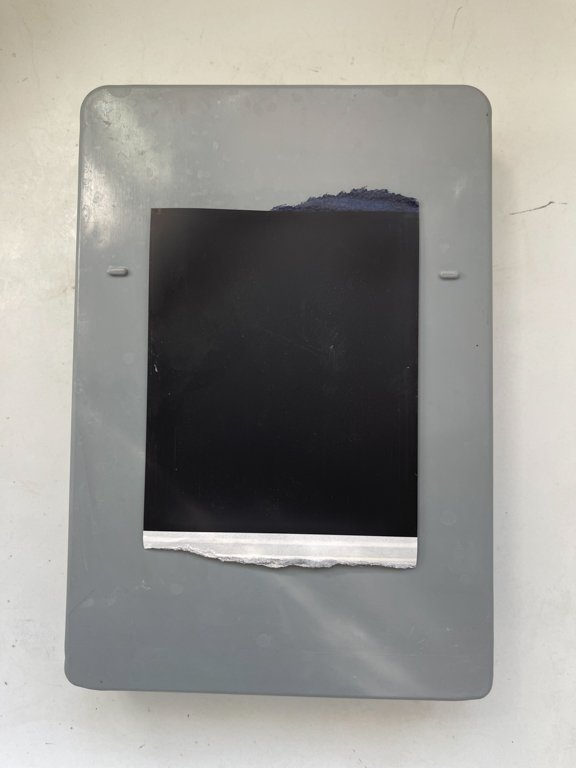My grandfather (on my mother’s side) was probably the earliest influence for my budding interest in film. He did not do anything intentionally to motivate me, but some of my earliest memories include his hovering around the rest of the family with a home movie camera. Years later, after he died, I was given his movie camera; my family figured out I’d probably be the only one with any use or interest in it.
I had no idea what kind of film this camera took, or really if it still worked after 40 years. Thankfully, some online sleuthing led me to the fantastic folks at the Film Photography Project. There I learned the camera used something called 8mm magazine film; sort of like Super 8 on steroids.Taking advantage of their film / process / scan service bundle, I decided to roll the dice and shoot a cartridge of film to see if the camera still worked. Lo and behold…it did!
My interest in moving images has blossomed over the past couple of years. I’ve been working with public domain footage and actual 16mm educational films to create new work via collage and re-photgraphy. The chance to shoot actual movie film myself seemed the logical next step. I’ve long been drawn to the film work of Robert Frank, and I particularly loved how he would print collages from his strips of movie footage. I have the luxury of doing my post-production work digitally, with Photoshop and Lightroom being my main conduits for manipulating and assembling my collages.
By picking and choosing which frames I want to use, I am able to juxtapose the 16 frames per second to provide ample “moments” to cull and combine with other frames. These images then get stacked into (currently) quadrants that I hope make some kind of connection for the viewer. The certainly keep me engaged and curious about what might emerge when you release one single image from it’s sequence and force it to work in another context. In essence, I am forcing moving images to act more like still photography. A challenge and a game of chance that I have thus far been intrigued by and motivated to do more of.































